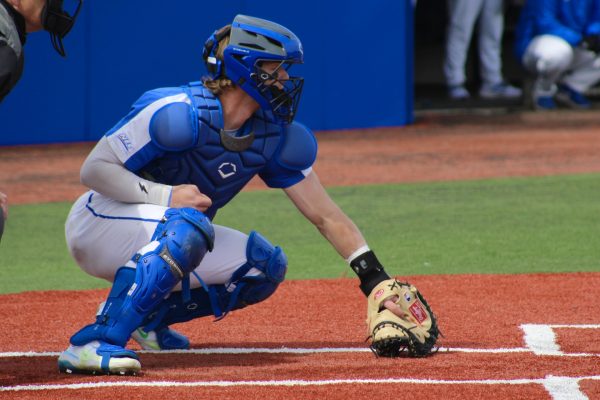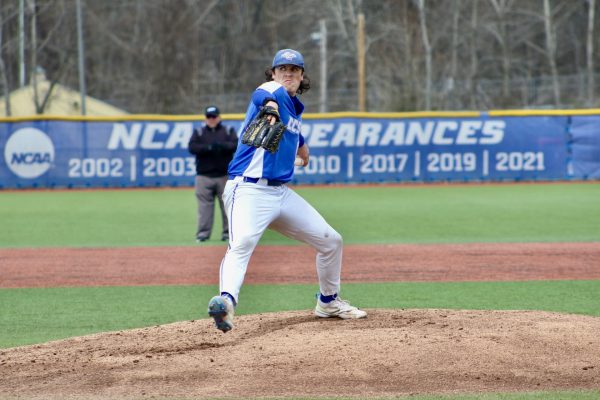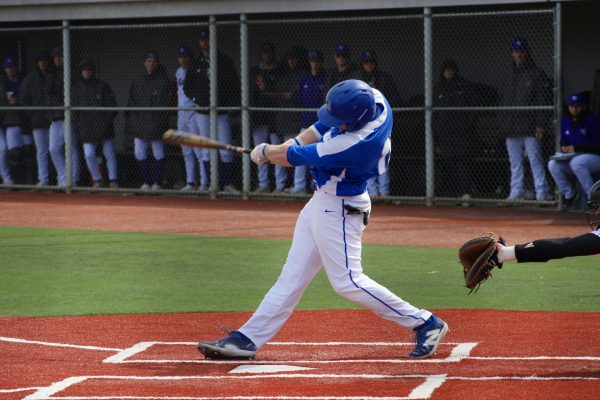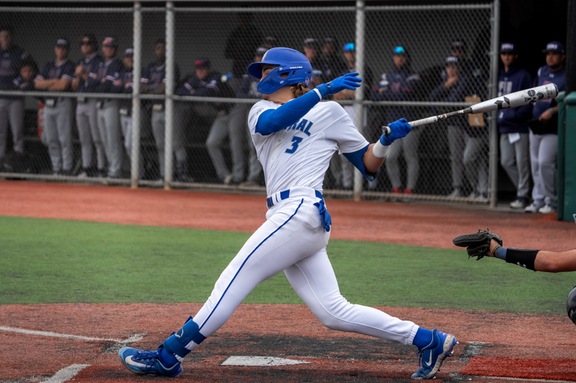MLB Needs to Rethink It’s Sticky Substance Rule
May 4, 2023
Major League Baseball has rolled out several new rule changes for the 2023 season to increase the pace of play during games, but one rule introduced during the 2021 season contradicts MLB’s efforts to speed up games.
The contradictory rule is the strict enforcement regarding pitchers’ use of sticky or foreign substances. The rule allows umpires to randomly inspect pitchers’ hats, belts, and gloves throughout a game to check for any sticky substance that could give the pitcher a better grip on the baseball.
The rule was introduced during the 2021 season and enhanced before the 2022 season to allow umpires to inspect pitchers’ hands and fingers.
Under the sticky substance rule, three pitchers have been ejected from a game Hector Santiago of the Seattle Mariners, Caleb Smith of the Arizona Diamondbacks, and most recently, Max Scherzer of the New York Mets. Many other instances have brought games to a screeching halt.
So far in the young 2023 season, two games have been interrupted so that umpires could check pitchers they suspected were using a foreign substance.
During a game between the New York Yankees and the Minnesota Twins on Saturday, April 15, Yankees pitcher Domingo German was inspected during the third inning and instructed by the head umpire to head into the clubhouse and wash the rosin off his hands between innings.
The second instance this season was the Scherzer incident during a game between the New York Mets and the Los Angeles Dodgers on Wednesday, April 19, which resulted in Scherzer’s ejection and subsequent ten-game suspension.
Both incidents involved the use of rosin, an MLB-approved substance that pitchers are allowed to use.
If pitchers are allowed to use rosin, why can umpires dictate how much rosin pitchers can use? Why are pitchers being ejected from games and suspended for using an MLB-approved substance?
MLB has introduced some new rule changes this season, including a new 15-second pitch clock, larger bases, and banning the infield shift. These rule changes were intended to increase the pace of games while also providing more offense.
If the league wants to speed up games, they must also address the issue regarding the sticky substance rule. Because periodically stopping games for constant checks does not increase the pace of play.
The rule is in place because the league wants to crack down on the use of substances that could give pitchers an advantage.
The use of substances by pitchers is not a new development. It is just one that the MLB wants to put an end to, as it seems the MLB values offense over pitching and defense.
Pitch clocks, sticky substance restrictions, and banning the infield shift are all rule changes that will benefit hitters more than pitchers.
To address the sticky substance rule, the MLB could create a better baseball with a tackier surface, eliminating the need for pitchers to use substances to have a firm grip on the baseball.
The argument for allowing pitchers to use sticky substances is that it gives them more control over baseball. With pitchers throwing upwards of 100 MPH, often just inches away from the batter, some hitters would prefer that the pitchers have as much control over their pitches as possible.
With the majority of the 2023 MLB season still ahead of us, we are sure to see more controversial instances of the sticky substance rule unless the MLB can get ahead of the issue and find a resolution that benefits both hitters and pitchers.











